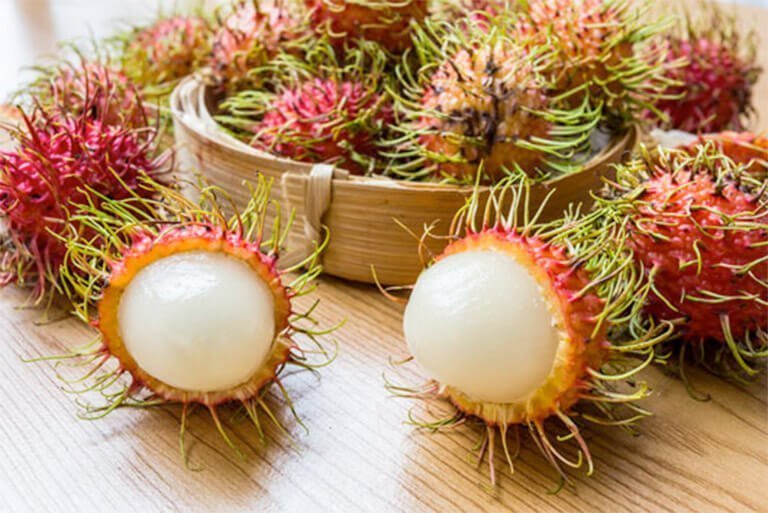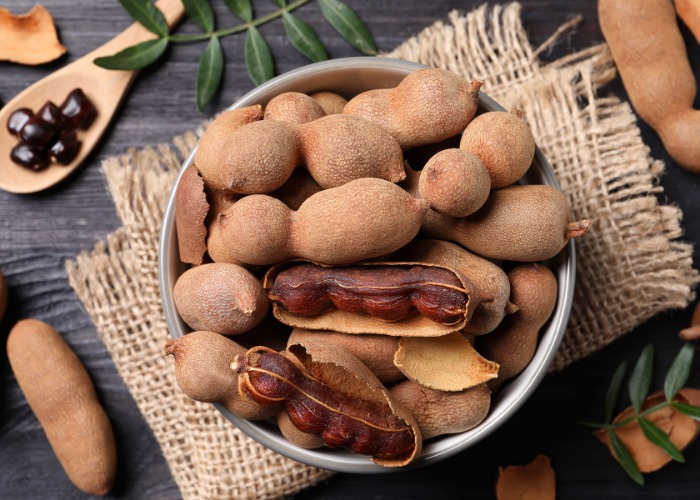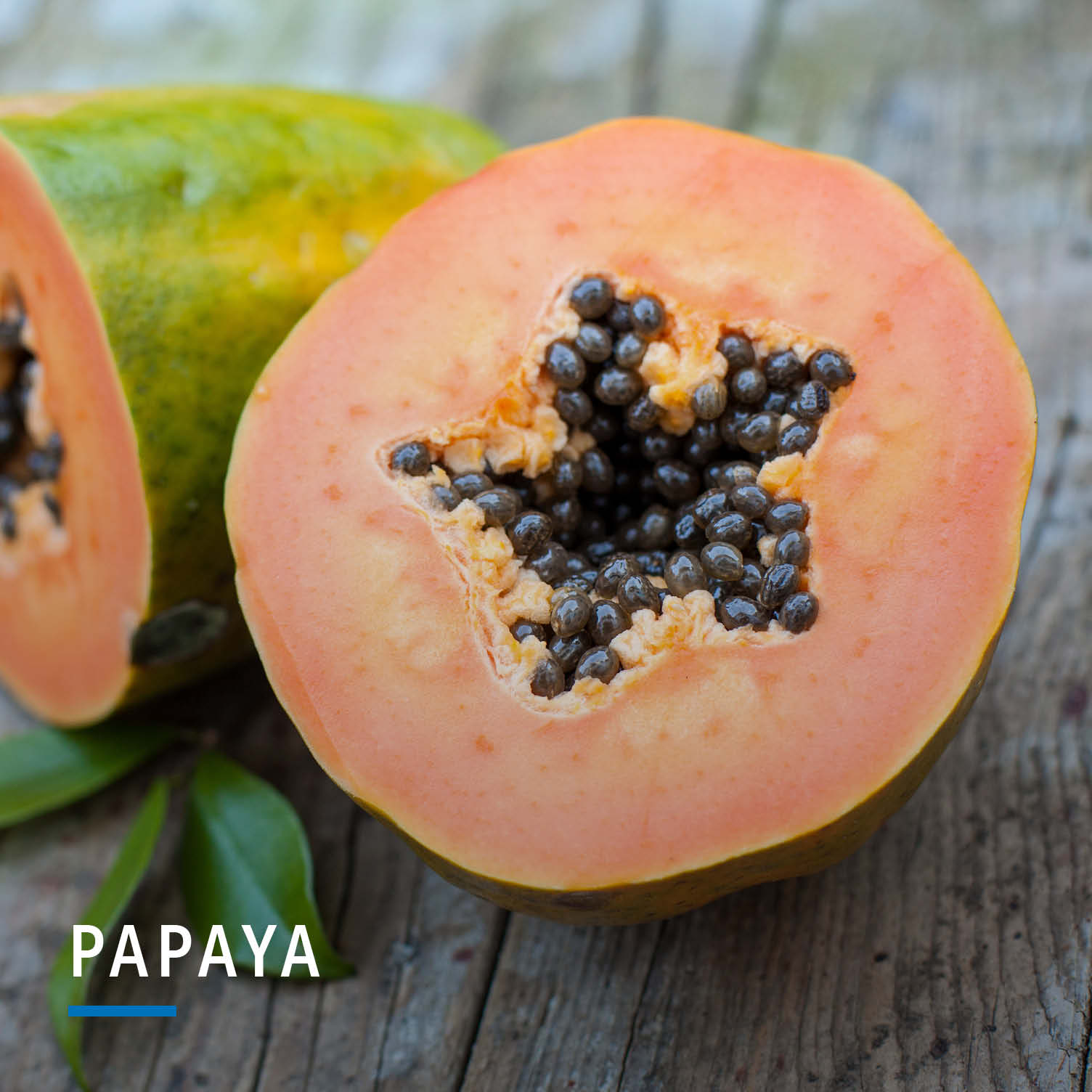Rambutan Taste: Exploring the Unique Flavors & Origins
– Rambutan is a hairy exotic fruit native to Indonesia and other tropical Southeast Asian areas.
– The name rambutan comes from the Malay word rambut meaning hair.
– Rambutan is similar to lychee fruit and longan fruits.
– Rambutan has a sweet flavor and tastes similar to lychee fruit.
– The fleshy part of the rambutan is tender and juicy, resembling a grape.
– Rambutan is exotic and colorful, with shades of pink, green, and bright red skin.
– Rambutan is about the size of a golf ball and oval in shape.
– The best way to eat rambutan is to remove the hairy shell and eat the soft fleshy fruit around the seed.
– Rambutan’s translucent flesh contains iron and a high amount of vitamin C.
– Rambutan is packed full of nutrients and makes a great snack.
– Rambutan can be stored in or out of the fridge and should be peeled right before eating to maintain freshness.
– Ripe rambutan fruits can last about 4 to 5 days in the fridge and about 3 to 4 days at room temperature.
– The fruit is rich in nutrients and antioxidants.
– Rambutan promotes healthy digestion and is relatively low in calories.
– To eat a Rambutan, it can be cracked open with the teeth, fingers, or a knife.
– It has a pit or seed in the middle that should be spit out.
– It is described as resembling a large skinless grape and has a sweet taste with a hint of sourness.
– It also has a floral tropical taste.
– The texture is soft and similar to a mix between a grape and a pear or cherry.
– Rambutans are fairly cheap, with 20 to 25 of them costing around $3.00.


